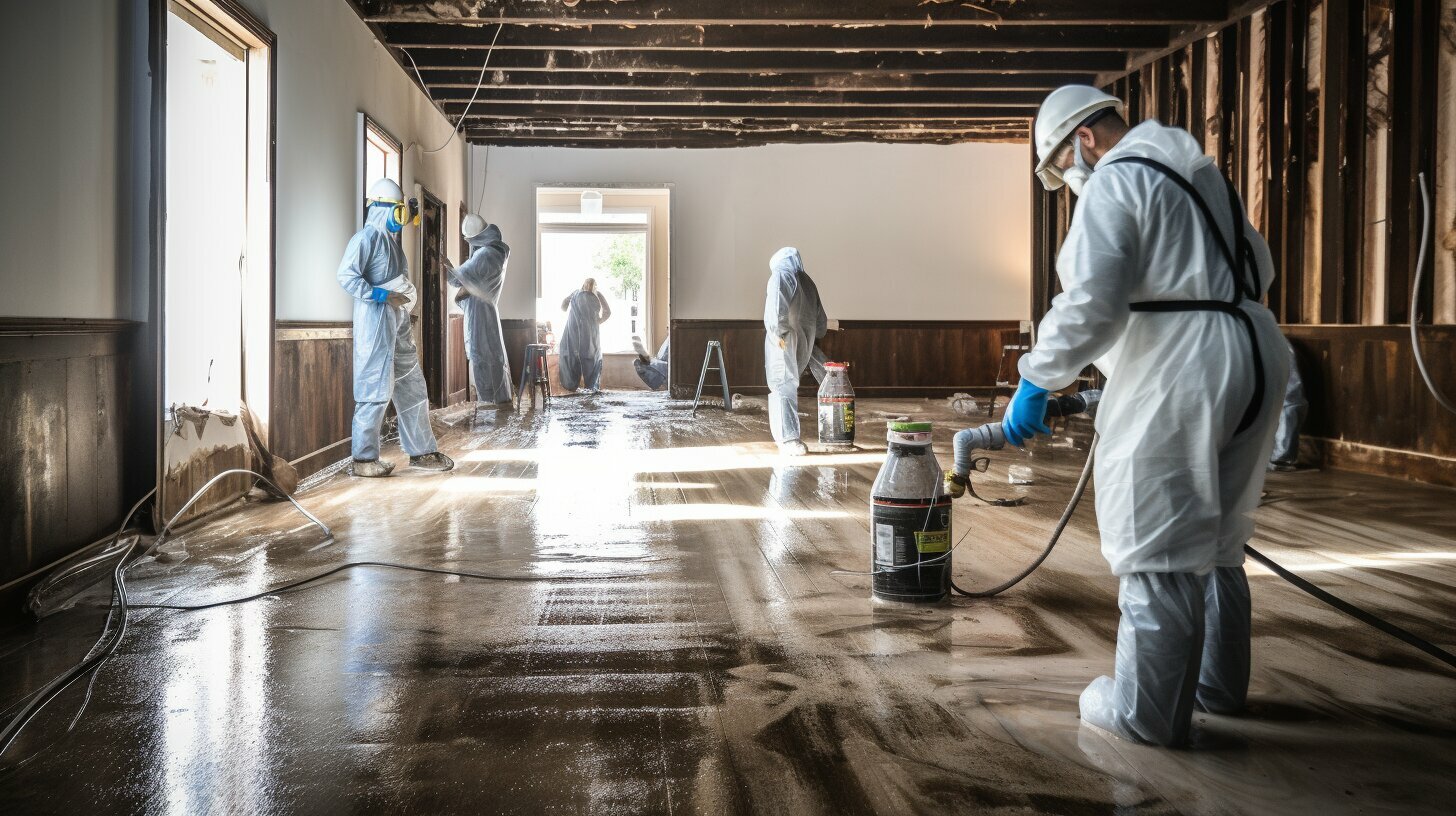Water damage can strike unexpectedly, leaving homeowners in Portland grappling with the aftermath. From heavy rainfall to burst pipes, the causes are varied, but the need for effective cleanup strategies remains the same. In this guide, we’ll explore essential steps homeowners can take to mitigate damage and restore their homes efficiently.
Understanding Water Damage
Water damage can be classified into three categories based on contamination levels:
- Clean Water Damage: Originates from clean sources like broken water supply lines or rainwater.
- Gray Water Damage: Contains some contaminants, usually from sources like washing machines or dishwashers.
- Black Water Damage: Highly contaminated, stemming from sewage backups or floodwaters.
Understanding these categories is crucial in determining the right cleanup approach and safety precautions. When dealing with extensive flood damage, it’s essential to consult experts like usawaterrestoration.com to ensure a thorough and effective water restoration process.
1. Act Quickly: Time is of the Essence
In Portland, where heavy rainfall is common, acting quickly after a water incident is vital. The longer water sits, the more damage it can cause, including mold growth. Here’s what to do immediately:
- Shut Off Water Supply: If the damage is due to a burst pipe, shut off the main water supply to prevent further flooding.
- Turn Off Electricity: If water has reached electrical outlets or appliances, turn off the power to avoid electrocution risks.
2. Assess the Damage
Once it’s safe to do so, assess the extent of the water damage:
- Document the Damage: Take photos of affected areas for insurance claims.
- Determine the Source: Identify where the water came from to prevent future incidents. Many homeowners in the area are searching for reliable water damage cleanup portland to address the issues caused by recent heavy rainfall.
3. Safety First: Protect Yourself
Before you begin the cleanup process, prioritize safety:
- Wear Protective Gear: Use gloves, masks, and waterproof boots to protect yourself from contaminants, especially in cases of gray or black water.
- Ventilate the Area: Open windows and doors to improve airflow and reduce humidity, helping to prevent mold growth.
4. Remove Standing Water
To effectively remove standing water, consider the following strategies:
- Use a Wet/Dry Vacuum: For small amounts of water, a wet/dry vacuum can efficiently remove standing water.
- Mops and Buckets: For smaller areas, mopping up the water with absorbent towels or buckets can be effective.
- Contact Professionals: If the water is extensive, hire a water damage restoration service with the right equipment to ensure complete removal.
5. Drying and Dehumidification
After removing standing water, the drying process begins:
- Use Fans and Dehumidifiers: Set up fans to circulate air and dehumidifiers to extract moisture from the air. This helps to dry out walls, floors, and furniture.
- Open Windows: If weather permits, open windows to facilitate air circulation.
- Remove Wet Items: Take out wet rugs, cushions, and any other absorbent materials that can hinder the drying process.
6. Clean and Sanitize
Once everything is dry, it’s time to clean and sanitize affected areas:
- Use Disinfectants: For areas affected by gray or black water, use a disinfectant to sanitize surfaces. Follow the manufacturer’s instructions for proper use.
- Clean Furniture and Belongings: Wipe down furniture, and for items that can’t be salvaged, dispose of them properly.
7. Inspect for Mold Growth
Mold can begin to develop within 24-48 hours after water exposure, making inspection crucial:
- Check Hidden Areas: Inspect behind walls, under carpets, and in corners where moisture may linger.
- Use Mold Inhibitors: If mold is found, use mold-killing products or consult a professional mold remediation service.
8. Repair and Restore
Once the cleanup is complete, it’s time to repair any damage:
- Assess Structural Damage: Check for damage to walls, ceilings, and floors. If structural integrity is compromised, consult a professional contractor.
- Repaint and Refinish: After repairs, repaint affected areas and refinish floors as needed.
9. Prevention Strategies
Taking proactive steps can help prevent future water damage:
- Regular Maintenance: Check pipes, gutters, and downspouts regularly for leaks or blockages.
- Install a Sump Pump: Consider installing a sump pump in your basement to prevent flooding during heavy rains.
- Waterproofing: Invest in waterproofing solutions for your home, especially in areas prone to flooding.
10. Insurance and Financial Considerations
Understanding your insurance policy is essential when dealing with water damage:
- Review Your Policy: Check what types of water damage are covered under your homeowner’s insurance policy.
- Document Everything: Keep records of the damage, cleanup efforts, and any expenses incurred for insurance claims.
Conclusion
Water damage can be a daunting challenge for homeowners in Portland, but with the right strategies in place, it can be effectively managed. By acting quickly, prioritizing safety, and taking preventive measures, homeowners can safeguard their properties and minimize the impact of water damage. Remember, when in doubt, don’t hesitate to contact professionals to assist with cleanup and restoration efforts. Stay informed and prepared to protect your home from the unexpected.





